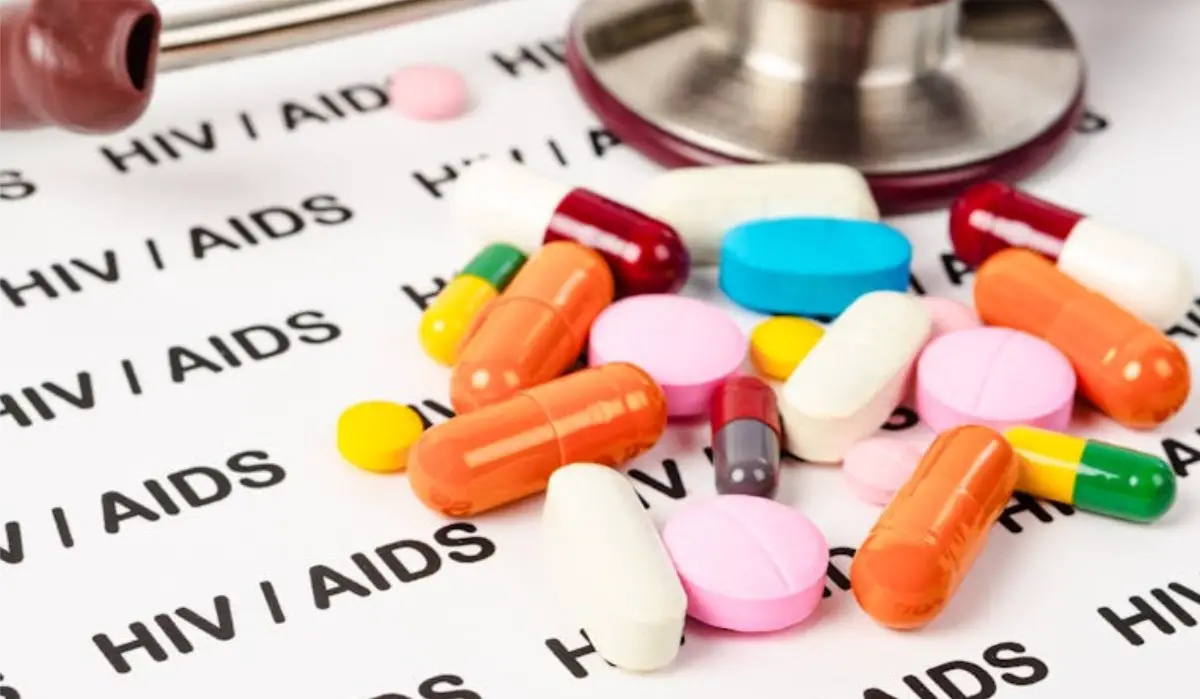HIV Drugs (ARVs) Found in Drinking Water in South Africa
Researchers from North-West University (NWU) have sounded the alarm over the presence of antiretroviral drugs (ARVs) in South Africa’s water systems.
A newly released study has revealed unusually high concentrations of ARVs downstream of wastewater treatment plants, raising serious concerns about both environmental and long-term human health risks.
Widespread Contamination Linked to HIV Treatment Programme
According to the study, South Africa’s extensive HIV treatment programme—the largest in the world with an estimated 6.2 million people on ARVs in 2024—is a key driver of the contamination.

Researchers detected significant levels of ARVs, particularly lopinavir and efavirenz, in water downstream of wastewater treatment plants. In many cases, concentrations exceeded global norms.
Also Read: Illegal Miners Trapped Underground Plead for ARVs in Note from Stilfontein Mine
Impacts on Aquatic Life and Wastewater Bacteria
The report also highlighted disturbing effects on aquatic ecosystems. Researchers observed altered embryonic development in snails exposed to contaminated water, as well as disruptions to vital wastewater bacteria responsible for breaking down organic matter.
These ecological impacts raise concerns about the broader environmental consequences of untreated pharmaceutical residues.
Risks to Human Health from Long-Term Exposure
While scientists noted that current concentrations are unlikely to cause immediate acute harm, they warned of a “hidden or latent risk” to human health over time.
Long-term exposure to these bioactive compounds—whether through drinking water or by consuming fish and other aquatic organisms—could interfere with human metabolic systems and potentially lead to adverse health effects.
Inadequate Treatment Processes and Public Reaction
Researchers stressed that South Africa’s wastewater treatment systems are not designed to effectively remove ARVs, leaving communities vulnerable to chronic, low-level exposure.
The revelations have triggered widespread discussion and alarm on social media, with many calling for urgent action to upgrade water treatment infrastructure and monitor pharmaceutical contamination.

